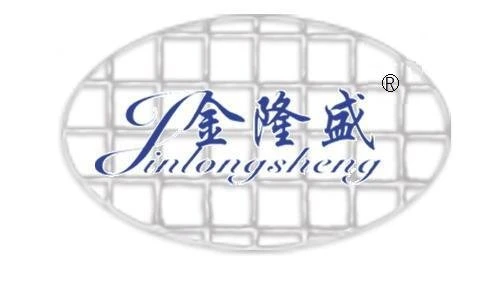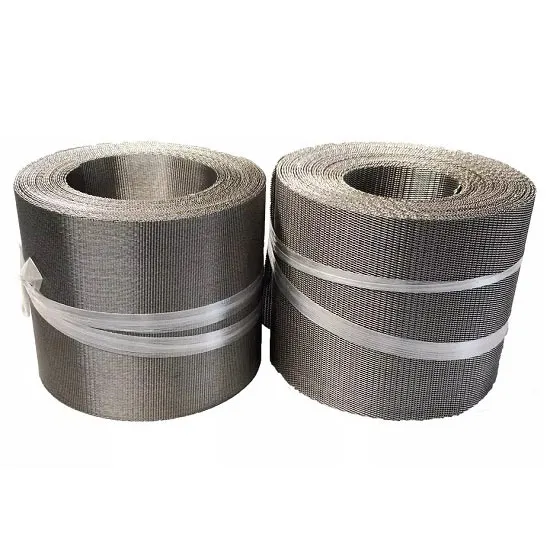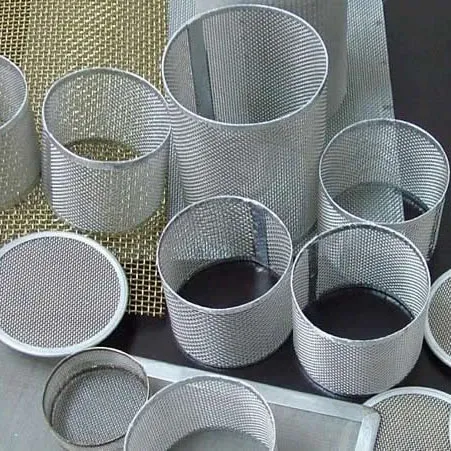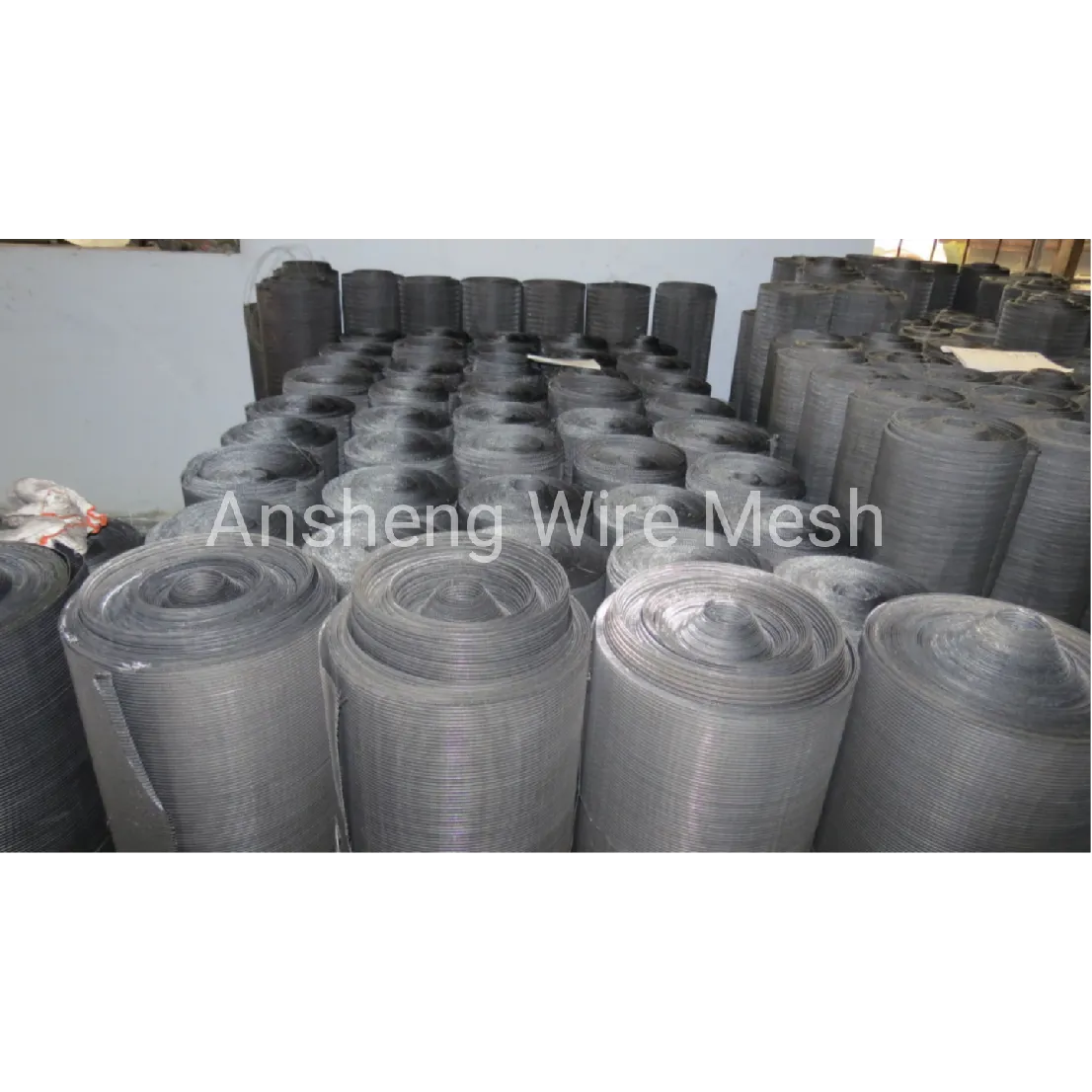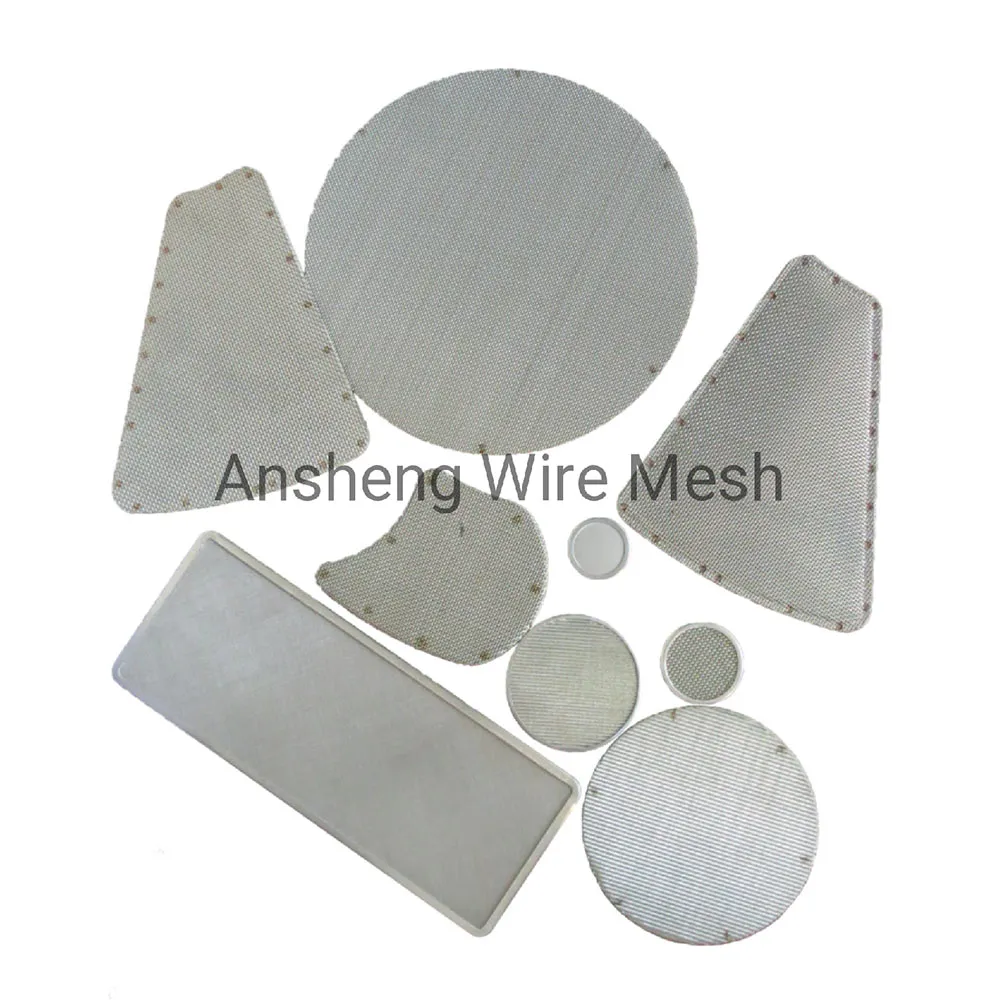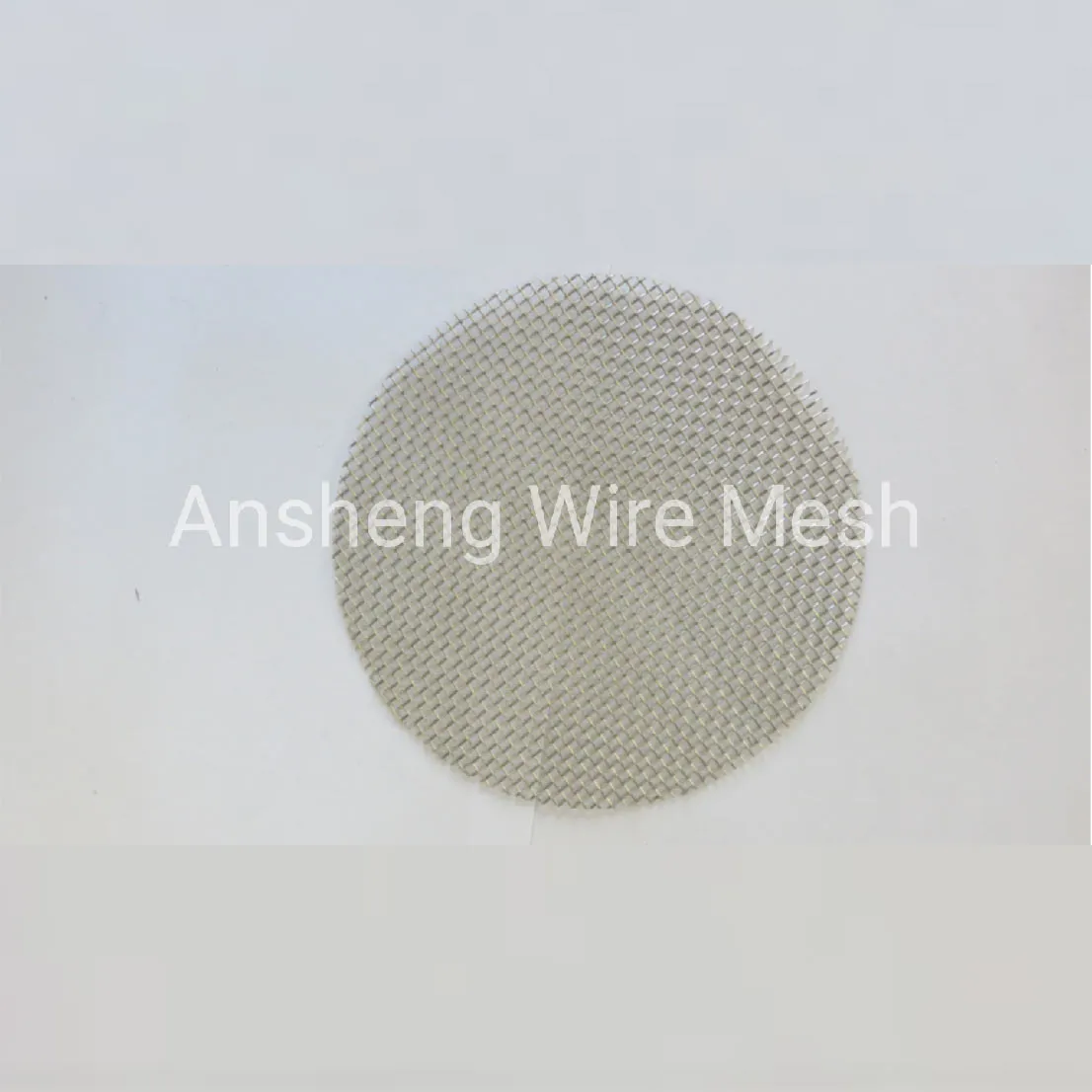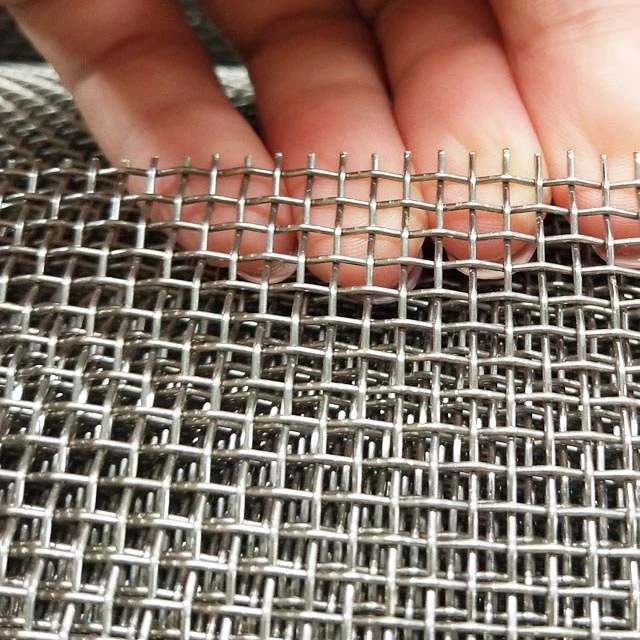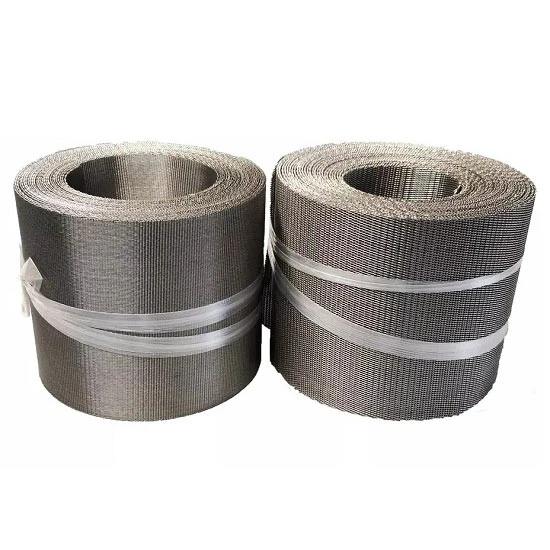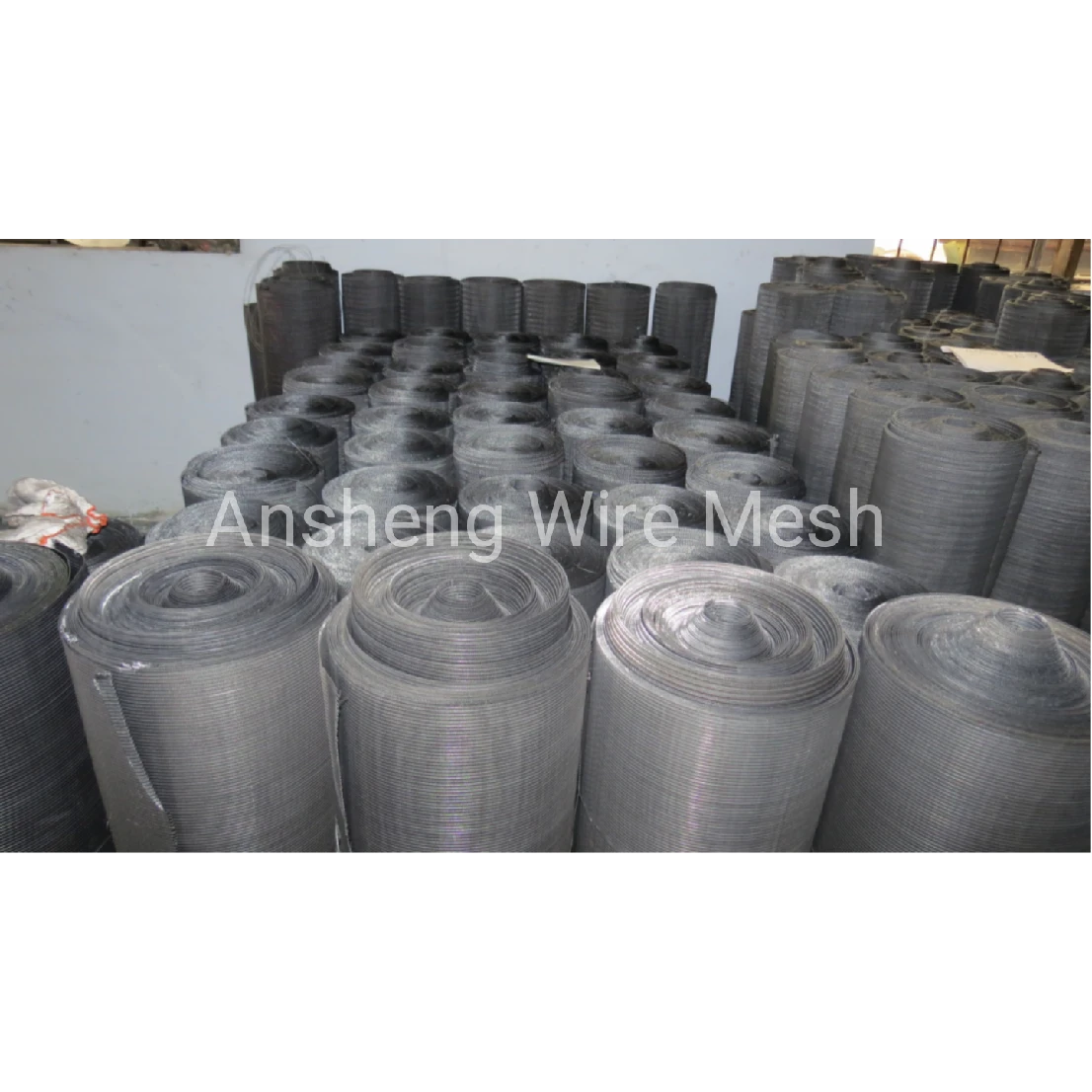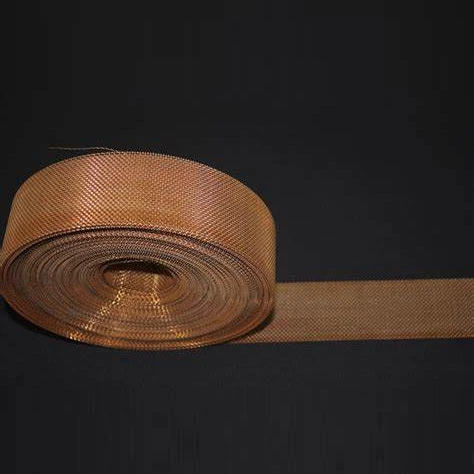Ultra Thin Nickel Mesh: the quiet workhorse behind high-rate cells
If you’re speccing Battery Mesh right now, you’ve probably noticed the market shifting. In labs and on pilot lines, nickel has crept into places copper and aluminum used to rule—especially for high-temperature chemistries, solid-state prototypes, alkaline packs, hydrogen stacks, and, interestingly, specialty tabs. I’ve toured a couple of facilities this year; the chatter is consistent: nickel mesh, when made thin and uniform, behaves beautifully as a current collector.
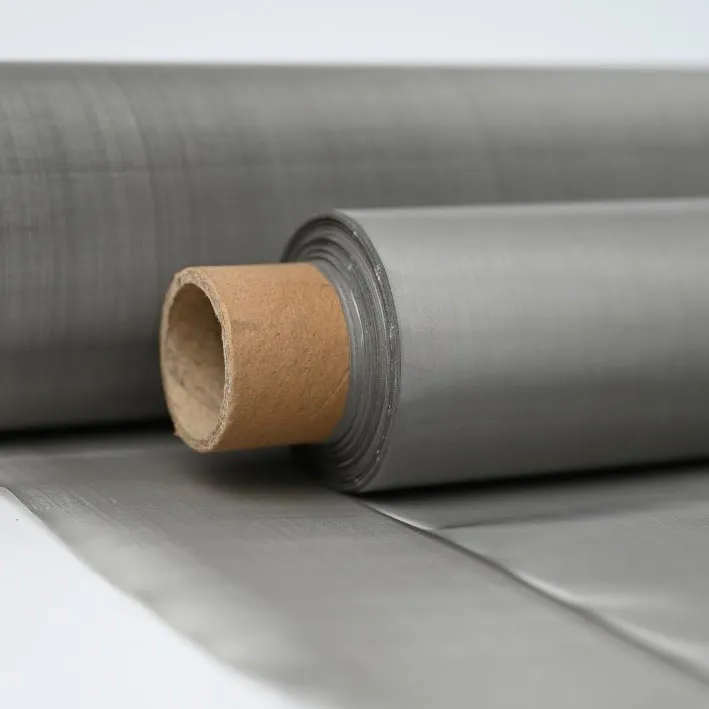
What’s changing in the industry
A few trends are obvious: tighter tolerances, more aggressive calendaring, and surprisingly, a premium on cleaner surface chemistry. In pouch and coin cell R&D, teams want ultra-thin nickel collectors that can be laser-welded without spatter, resist alkali corrosion, and still carry serious current. Many customers say they’ll accept a small increase in cost if they get repeatable roll-to-roll performance. Honestly, that mirrors what I’m hearing across energy storage and fuel cell integrators.
Product at a glance: Ultra Thin Nickel Mesh
Origin: No.346 Xinying East Street, Anping County, Hebei, China. Material grades include N6 / Nickel 200 / N4. Weaves: plain and twill. Widths are usually 1–2 m (custom on request); length typically 30 m per roll, up to ≈350 m for long runs—real-world availability may vary with mesh count.
| Parameter | Typical/Range | Notes |
|---|---|---|
| Mesh count | 1–600 mesh | Selection depends on current density and coating rheology |
| Wire diameter | 0.02–8.0 mm | Ultra-thin typically ≤0.05 mm for collectors |
| Purity (Ni 200/N6) | ≥99.5% Ni (≈) | Batch-specific COA available |
| Electrical conductivity | ≈14 MS/m | At 20°C; alloy and temper affect results |
| Surface finish | As-woven or calendered | Calendering improves smoothness for uniform coating |
Process flow (simplified)
- Material: Nickel 200/N6 rod → drawing to fine wire → anneal
- Weaving: plain/twill on precision looms (ISO 9044 tolerance targets)
- Cleaning: ultrasonic + degrease; optional activation for adhesion
- Calendering: to target thickness/flatness where needed
- Inspection: aperture checks (ASTM E2016), thickness/grammage, burr scan
- Packing: cleanroom bagging; slit-rolls available
Testing options include salt-spray (ASTM B117), conductivity mapping, weldability tests, and adhesion trials with your slurry binder system. Service life? It depends on chemistry, but in alkaline and high-rate cycles, nickel collectors routinely outlast the active layer—feedback we keep hearing.
Why choose Battery Mesh in nickel
- Thermal stability for hot processes and laser tabbing
- Corrosion resistance in alkaline/caustic environments
- Good weldability; consistent current pathways even in thin gauges
- Fine apertures support uniform coating and lower ESR

Vendor snapshot (real-world buyers care about this)
| Vendor | Purity | Mesh range | Lead time | Certs |
|---|---|---|---|---|
| Ansheng (Ultra Thin Nickel Mesh) | ≥99.5% (≈) | 1–600 | 7–15 days typical | ISO 9001, RoHS/REACH |
| Vendor A | ≥99.2% | 5–400 | 15–30 days | ISO 9001 |
| Vendor B | ≈99.0% | 10–300 | 20–35 days | — |
Applications we’re seeing
- NiMH and alkaline cells (collectors and tabs)
- Solid-state prototypes where heat and adhesion are tricky
- Fuel cells and electrolyzers needing corrosion-resistant grids
- EMI/RF shielding layers in battery packs
Mini case notes (from recent projects)
- EU lab: switched to ultra-thin calendered mesh; coating uniformity improved ≈12%, fewer pinholes reported.
- APAC EV startup: laser-welded tabs on nickel mesh—spatter reduced; weld nugget consistency up ~9%.
- Medical device coin cells: after 120 h ASTM B117, no visible pitting; impedance drift stayed within ±3%.
Compliance, testing, and docs
Specs align with ISO 9044 terminology and ASTM E2016 inspection for woven wire cloth. Base material conforms to Nickel 200/201 standards (see citations). Typical pack-level safety follows IEC 62133-2 and UL 1642 (for cells; your integration may differ). RoHS/REACH statements available on request.
Bottom line: for teams chasing high-rate stability and cleaner welds, Battery Mesh in ultra-thin nickel is a pragmatic, scalable choice. And yes, special widths and long rolls up to ≈350 m can simplify your pilot lines.
Authoritative citations
- ISO 9044: Industrial wire screens and woven wire cloth — Technical requirements and terms
- ASTM E2016: Standard Specification for Industrial Woven Wire Cloth
- ASTM B162/B168: Specifications for Nickel 200/201 plate, sheet, and strip (material reference)
- ASTM B117: Standard Practice for Operating Salt Spray (Fog) Apparatus
- IEC 62133-2: Secondary cells and batteries — Safety requirements for portable sealed secondary cells
- UL 1642: Lithium Batteries (pack-level safety context)
- Directive 2011/65/EU (RoHS) and REACH Regulation (EC) No 1907/2006
Post time: Oct . 28, 2025 18:25
